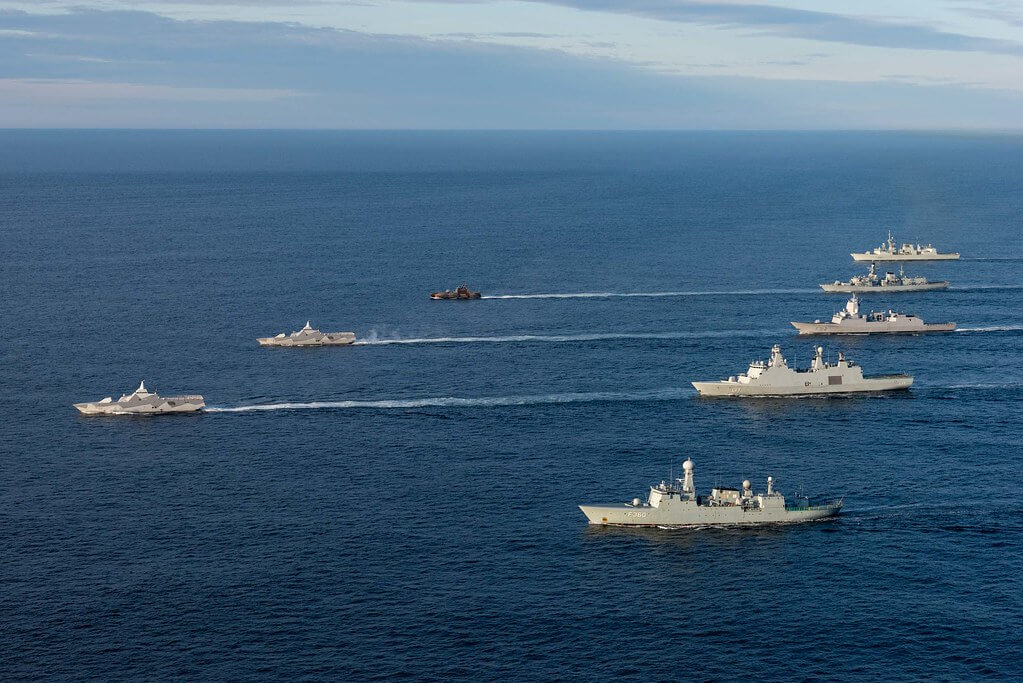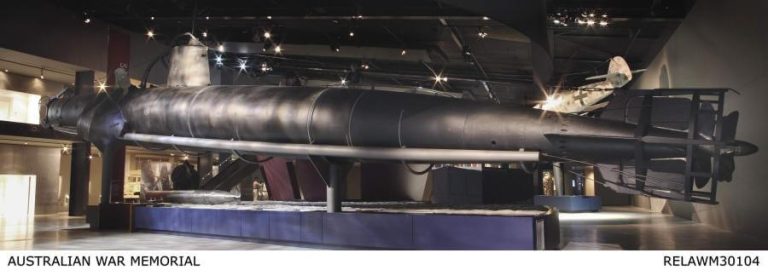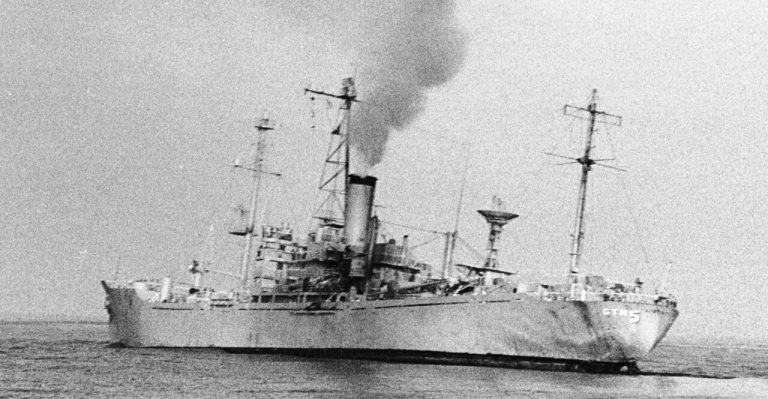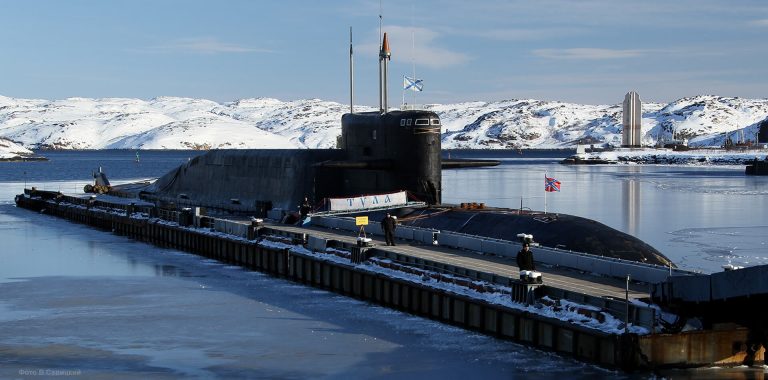In December 1971, during the war between India and Pakistan, the Indian Navy launched a secret and powerful attack on Pakistan’s largest port city, Karachi. This mission was called Operation Trident, and it became one of the most successful naval strikes in modern history.
The Background of the War
India and Pakistan were at war in 1971, mostly due to the political crisis in East Pakistan (now Bangladesh). As the war started, the Indian military planned to attack Pakistan on both the eastern and western fronts. While the Indian Army and Air Force fought in the east, the Indian Navy was given a special job in the west — to attack Pakistan’s most important naval base in Karachi.
Karachi was not only home to the Pakistan Navy, but also held key oil reserves and ports. If the Indian Navy could hit Karachi, it would damage Pakistan’s ability to fight and supply its forces.
The Secret Planning
Operation Trident was planned quickly and secretly. The Indian Navy used small missile boats known as Osa-class boats, which were built by the Soviet Union. These boats were fast, powerful, and armed with Styx missiles, which could destroy large ships from a distance.
However, these boats had one big weakness — they had limited range and could not sail too far without support. So, the Indian Navy added supply and support ships to help them travel to Karachi and back safely.
The operation was kept top secret. The Indian Navy avoided using radios or any open communication. Everything was done with pre shared code words and careful coordination. The mission team trained quietly, and only a few top officers knew all the details.
The Attack on Karachi
On the night of December 4, 1971, the Indian Navy’s strike group moved towards Karachi in the dark. The team included INS Nipat, INS Nirghat, and INS Veer — all missile boats — along with support ships.
As they neared Karachi, Indian radars picked up Pakistan Navy ships. The missile boats quickly fired their Styx missiles, hitting and sinking several Pakistani ships including:
- PNS Khaibar (a destroyer)
- MV Venus Challenger (a cargo ship carrying ammunition)
- PNS Muhafiz (a minesweeper)
One of the missiles also hit a fuel storage tank near Karachi harbor, causing a massive fire that burned for days. The fire could be seen from miles away and shocked the Pakistani forces.
Return and Success
After the attack, the Indian Navy team turned back safely without any losses. The operation was a complete success. In just one night:
- Several Pakistani ships were destroyed
- A major part of Pakistan’s fuel reserves was lost
- Karachi’s port operations were badly damaged
- Pakistan was forced to move its navy further west, away from the coast
India had shown the power of planning, speed, and surprise in naval warfare.
Why It Still Matters
Operation Trident showed how even a smaller navy could do great damage with the right strategy and technology. It was one of the first times anti-ship missiles were used in South Asia. The bravery and skill of the Indian sailors made it a legendary mission.
Because of this victory, India celebrates December 4th as Navy Day every year to honor this operation and the courage of the Indian Navy.
Operation Trident is a great example of how intelligence, secrecy, and speed can lead to huge success in war. It was a bold move by India that changed the course of the 1971 war on the western front.
For anyone interested in military history, this operation is a perfect story of how small units can win big with the right plan.







